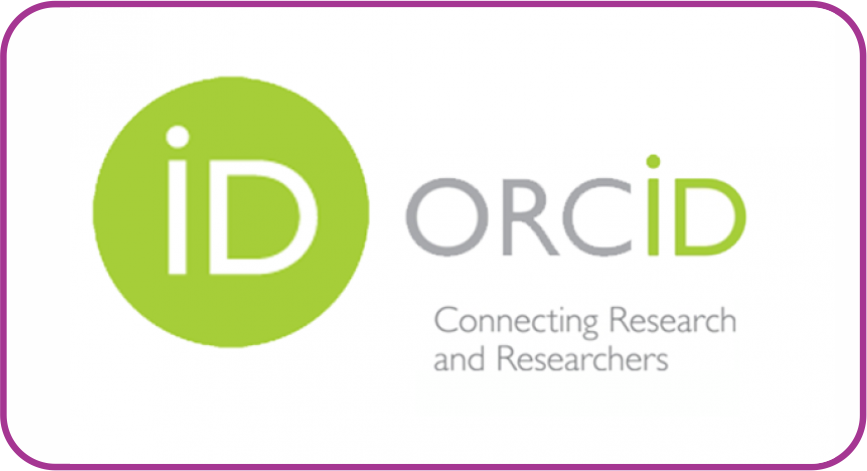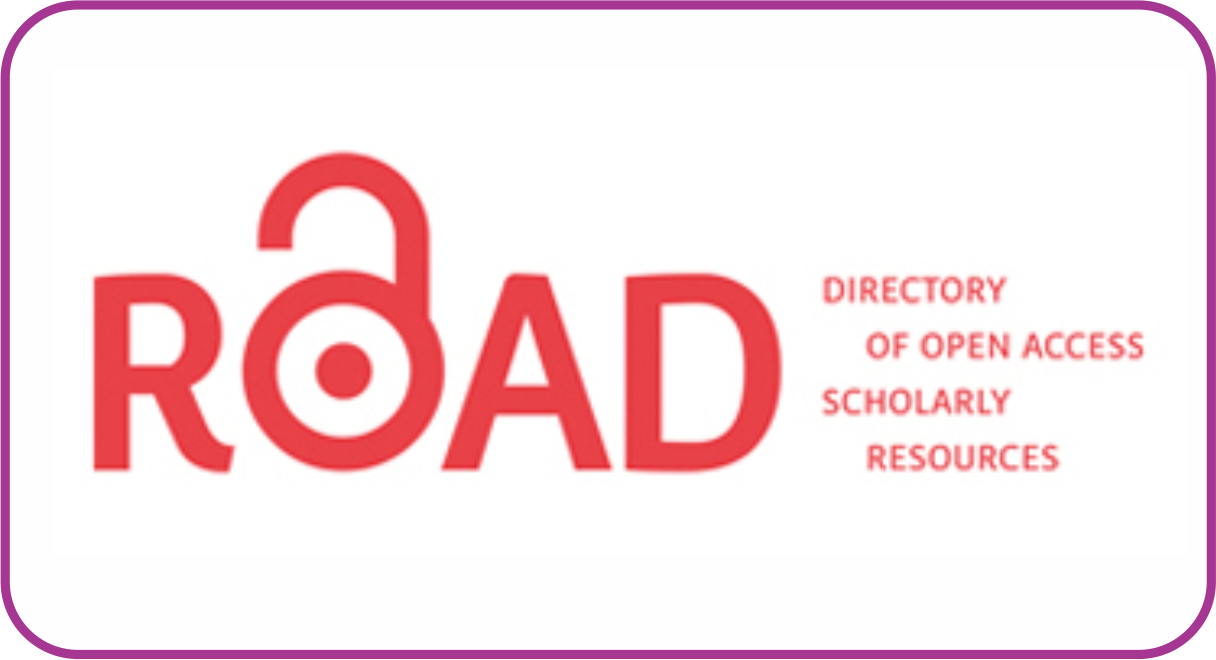STUDENTS’ PERCEPTION OF CLASSROOM ENVIRONMENT OF WRITING CLASS
DOI:
https://doi.org/10.30983/educative.v1i1.121Abstract
The purpose of this study was to find out students’ perception toward classroom environment in writing class at STKIP AbdiPendidikanPayakumbuh. This study was carried out of descriptive research that undertaken through phenomenological approach by employing questionnaire to 24 students selected by using purposive sampling technique. The findings of this study show that the students have good perception toward classroom environment of writing class by mean score is 79.25. From the interval statistical, the mean score belongs to good classification. It can be concluded that the students perceived their classroom as having positively atmosphere which extrinsically motivated them in learning, especially in writing.References
Chan. (1993),Classroom Environment and Approaches to learning. In Biggs, JB and Watkins, DA. Learning and Teaching in Hongkong: What is and What might be. Hongkong University.
Cresswell, John W. (1994),Research Design: Qualitative and Quantitative Approaches. USA: Sage Publications, Inc.
Denscombe, Martyn. (2007),The Good Research Guide for Small-Scale Social Research Projects. Berkshire: Open University Press.
Fouts et al. (1993),Secondary Social Education in the People’s Republic China: A Quantitative Study of Classroom Environments in the Guangdong Province. Theory and Research in Social Education.
Fraser, BJ and Tobin, KG. (1998),International Handbook of Science Education. Dordrecht: Kluwer
Miles, Matthew B and Huberman, Michael. (1992),Analisis Data Kualitatif: Buku Sumber Tentang Metode-metode Bari. Jakarta: Universitas Indonesia Press.
Sugiyono. (2006),Metode Penelitian Kuantitatif, Kualitatif dan Penelitian dan Pengembangan. Bandung: Alfabeta
Weimer, Maryellen. (2002),Learner-Centered Teaching. San Fransisco: Jossey-Bass A Willey Company.
Downloads
Submitted
Accepted
Published
Issue
Section
License
Authors who publish with this journal agree to the following terms:
1. Authors retain copyright and grant the journal right of first publication with the work simultaneously licensed under a Creative Commons Attribution License that allows others to share the work with an acknowledgment of the work's authorship and initial publication in this journal.
2. Authors are able to enter into separate, additional contractual arrangements for the non-exclusive distribution of the journal's published version of the work (e.g., post it to an institutional repository or publish it in a book), with an acknowledgment of its initial publication in this journal.
3. Authors are permitted and encouraged to post their work online (e.g., in institutional repositories or on their website) prior to and during the submission process, as it can lead to productive exchanges, as well as earlier and greater citation of published work (See The Effect of Open Access).





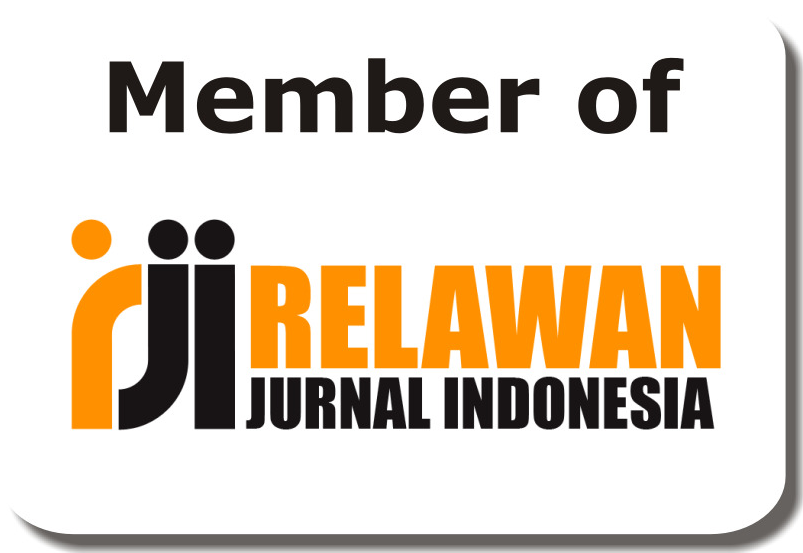
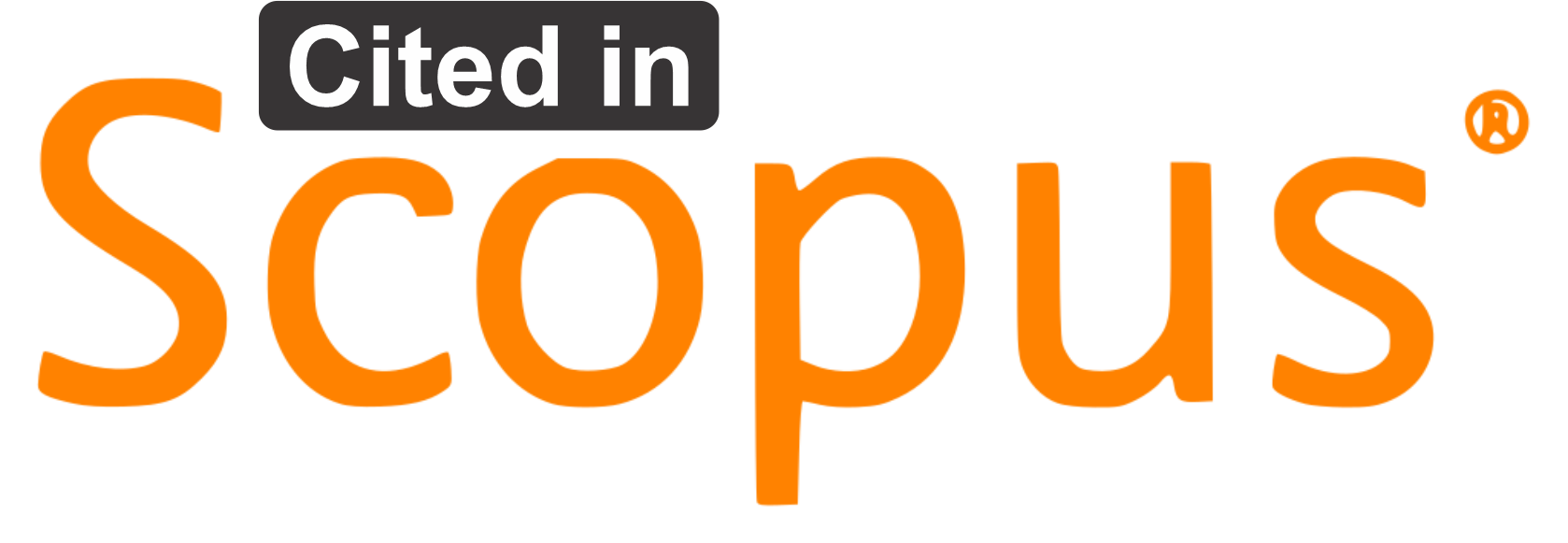

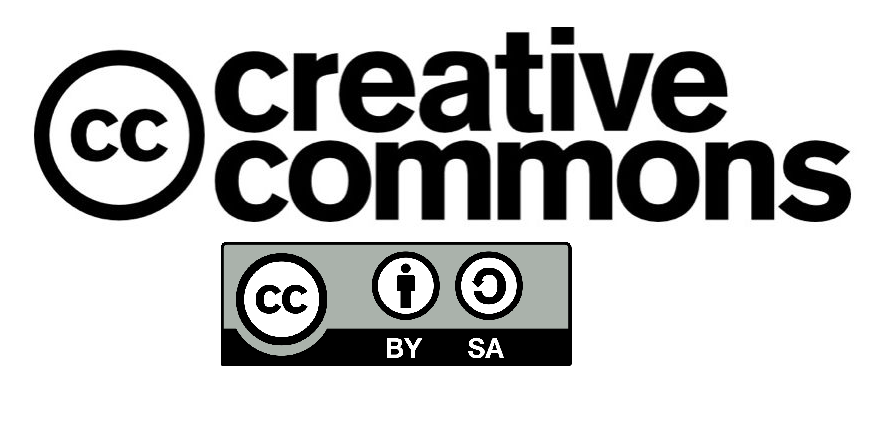
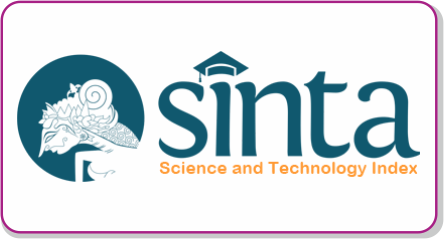
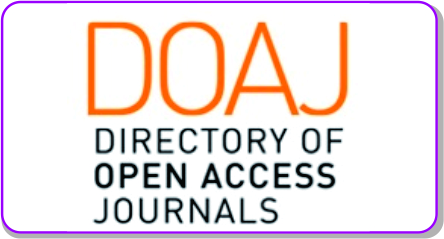


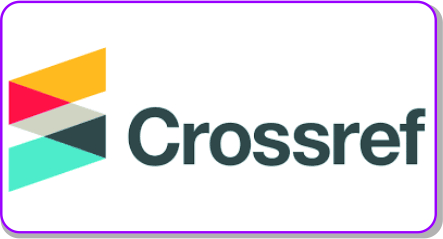




 Â
 




